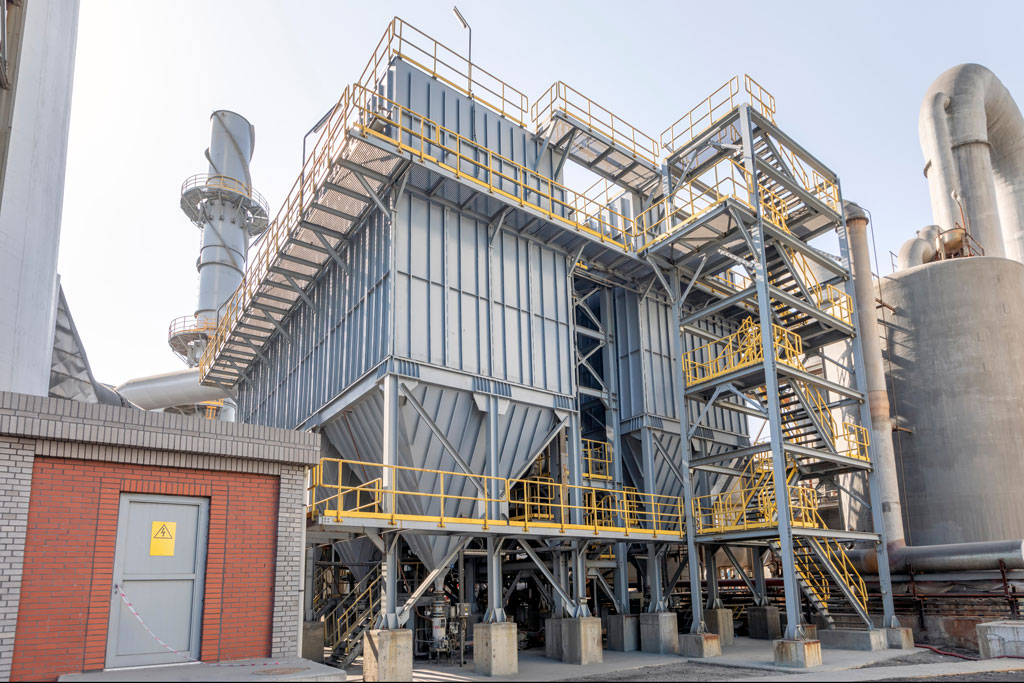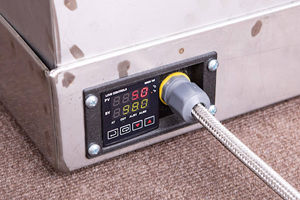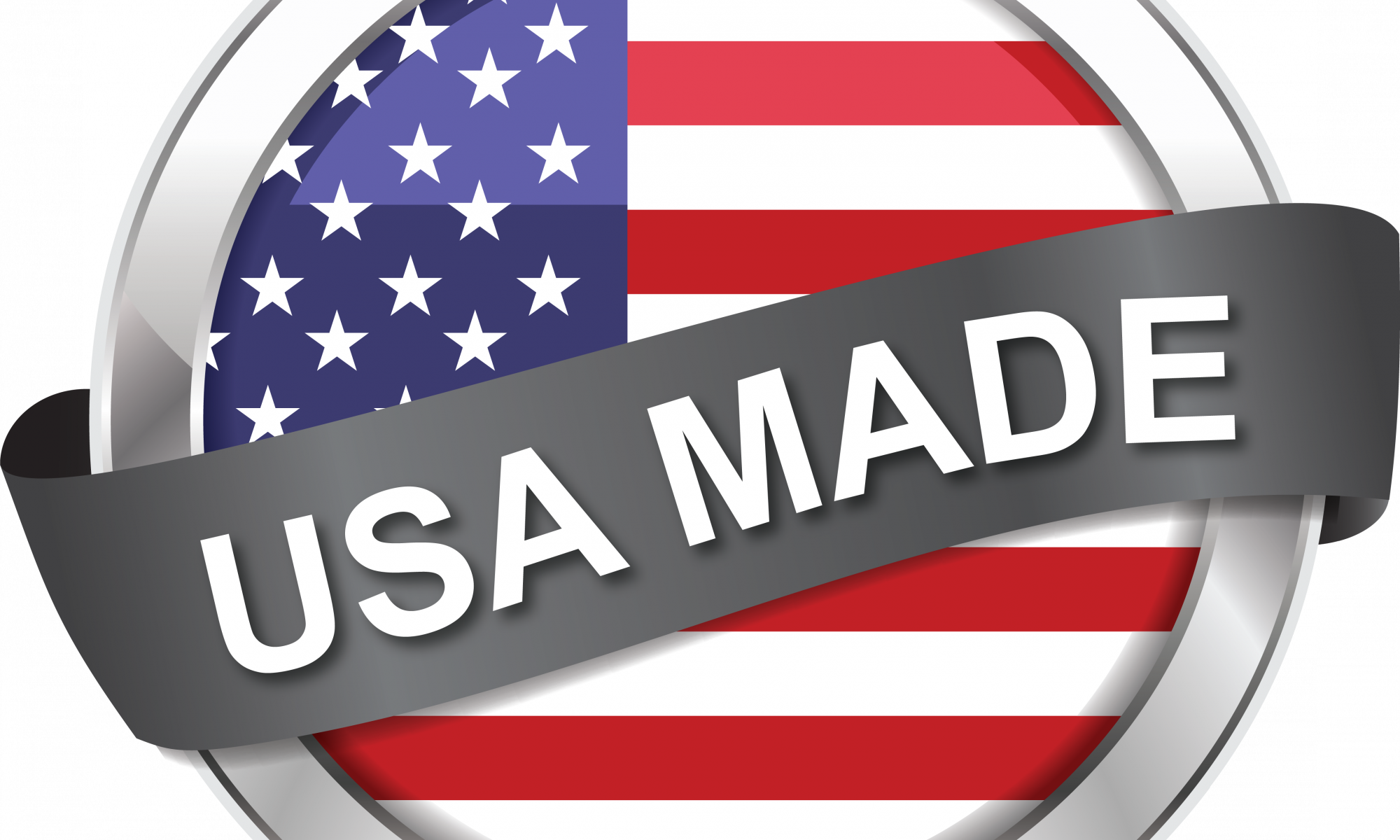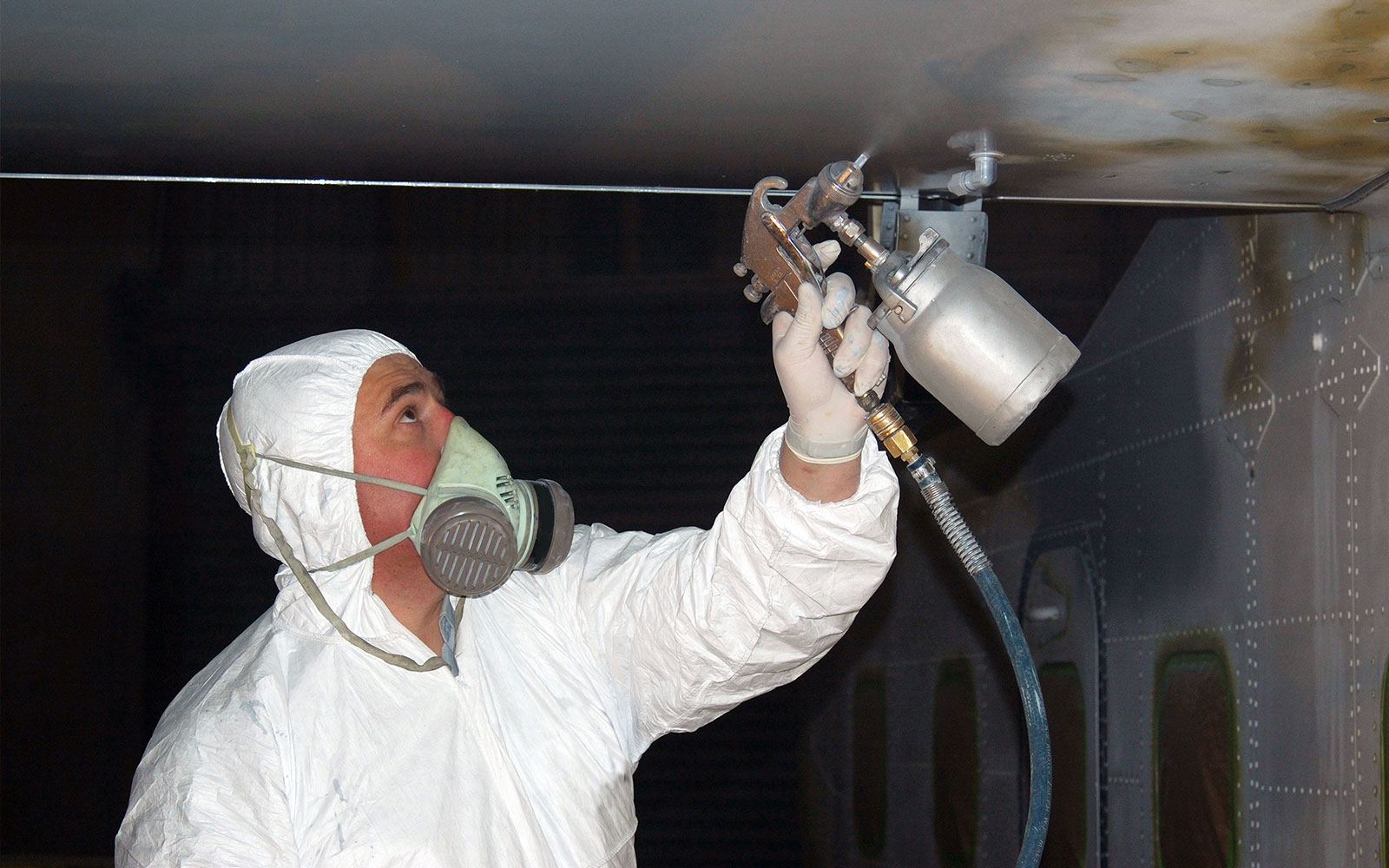 There are several different component parts that go into a dust collector for monitoring and control purposes. In this article, we are going to focus on timer boards. We will be comparing and contrasting a few of our timer boards, as well as discussing how we could help you to better protect your equipment in the most cost-effective manner. Continue reading “Dust Collector Timer Controllers”
There are several different component parts that go into a dust collector for monitoring and control purposes. In this article, we are going to focus on timer boards. We will be comparing and contrasting a few of our timer boards, as well as discussing how we could help you to better protect your equipment in the most cost-effective manner. Continue reading “Dust Collector Timer Controllers”
Protecting Newborn Puppies with Dwyer Temperature Controllers
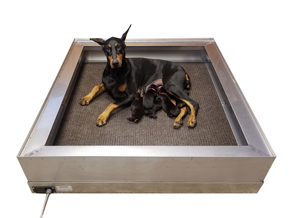
A whelping box is designed to protect puppies during birth, also called whelping, by keeping them safely contained, protected from the cold, and from being accidentally crushed or smothered by their mother.
Whelping boxes vary in construction, from cardboard boxes which have been found and re-purposed, to enclosures which have been designed specifically for the protection and care of the newborns. Continue reading “Protecting Newborn Puppies with Dwyer Temperature Controllers”
Introduction to Measurement Uncertainty
 In the world of metrology, measurement uncertainty and its level of impact on calibration plays a huge role in decisions about what products to purchase, along with who to receive calibration services from. Minimizing measurement uncertainty is key for anyone making critical measurements, but many may be confused about what measurement uncertainty is and how to determine the significance of an assigned value. Continue reading “Introduction to Measurement Uncertainty”
In the world of metrology, measurement uncertainty and its level of impact on calibration plays a huge role in decisions about what products to purchase, along with who to receive calibration services from. Minimizing measurement uncertainty is key for anyone making critical measurements, but many may be confused about what measurement uncertainty is and how to determine the significance of an assigned value. Continue reading “Introduction to Measurement Uncertainty”
Why Buy USA (or American)-Made Products
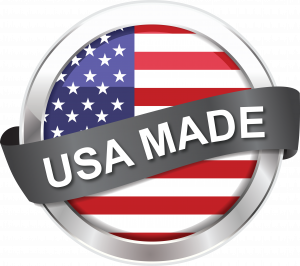 It may be more important now than ever to buy American-Made products. With all the hardships the world has faced in 2020, we can benefit from buying products with a “Made in USA” label. Dwyer is a proud USA manufacturer of instrumentation solutions for the HVAC and process automation markets. Here are a few reasons to buy American-Made products. Continue reading “Why Buy USA (or American)-Made Products”
It may be more important now than ever to buy American-Made products. With all the hardships the world has faced in 2020, we can benefit from buying products with a “Made in USA” label. Dwyer is a proud USA manufacturer of instrumentation solutions for the HVAC and process automation markets. Here are a few reasons to buy American-Made products. Continue reading “Why Buy USA (or American)-Made Products”
Aerospace Application: Paint Spray Booth
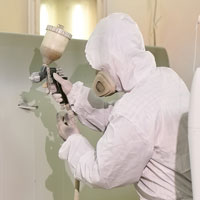 What is a Paint Booth?
What is a Paint Booth?
Aerospace paint spray booths provide the ideal environment to paint aircrafts, such as fighter jets, commercial airplanes, and helicopters. The paint spray booths regulate humidity, temperature, airflow, and pressure for proper coating application and curing. The booths are categorized by three different designs, which are: air pressure, cabin, or airflow.
The air pressure design booth will either have a negative or positive pressure. The positive pressure means that the pressure inside the booth is greater than the air pressure outside of the cabin. The air pressure inside the booth is provided by an air make-up system and replaces the air being exhausted by the fan. Continue reading “Aerospace Application: Paint Spray Booth”

